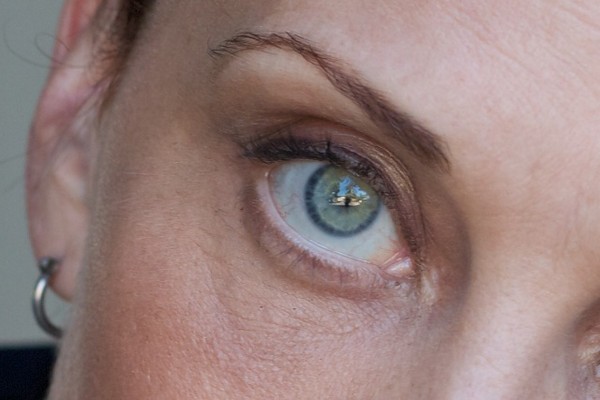DrongoPhoto
TPF Noob!
- Joined
- May 27, 2010
- Messages
- 61
- Reaction score
- 1
- Location
- Los Angeles, CA
- Can others edit my Photos
- Photos NOT OK to edit
I have a bit of an issue. I'm trying to black out the pupils in some of my shots and I haven't really been successful. I've been googling and I can't find an answer, so...
How would you guys black out the pupils in this untouched crop? Is there something in Aperture 3 or CS5 that would be great for this?
Any help is greatly appreciated.
Thank you.


How would you guys black out the pupils in this untouched crop? Is there something in Aperture 3 or CS5 that would be great for this?
Any help is greatly appreciated.
Thank you.





![[No title]](/data/xfmg/thumbnail/38/38740-d1a7721cf77e9309a9b4a4829c65fdd4.jpg?1734172602)






![[No title]](/data/xfmg/thumbnail/33/33463-55c43b1c1b1a6eace5b4807ead885151.jpg?1734163528)
![[No title]](/data/xfmg/thumbnail/39/39440-bc17565eb7adee7f9859c53933e8543c.jpg?1734173530)
